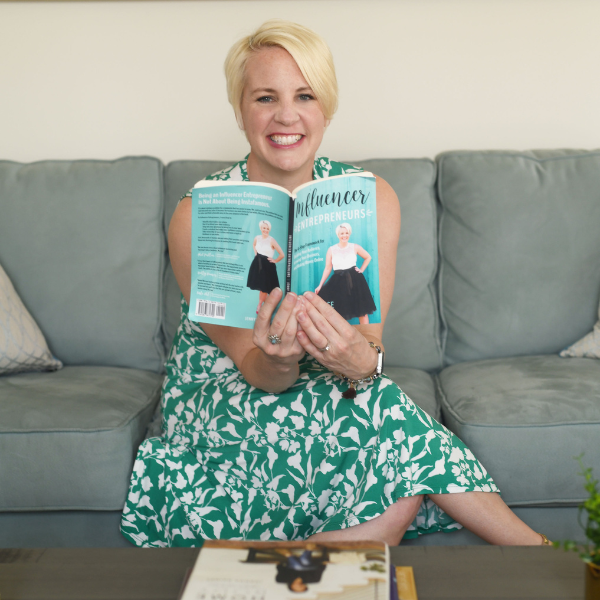Learn how to write content for a homepage of a website that converts visitors into customers with clear messaging, strong calls to action, and smart design.
IE 454: How to Write Content for a Homepage of a Website That Converts

Your website’s homepage is the digital equivalent of a first impression, and in today’s fast-paced online environment, you have less than a second to make it count.
As entrepreneurs and content creators, we often underestimate the critical role our homepage plays in converting visitors into subscribers and, ultimately, customers.
The homepage isn’t just another page on your website—it’s your calling card, your digital storefront, and the gateway to your entire online presence.
The Purpose of a Homepage
The fundamental purpose of your homepage is twofold: to provide clarity and to offer direction.
Clarity means instantly communicating what you do, who you serve, and how you can benefit your visitors.
Direction means guiding your audience on what to do next, whether that’s subscribing to your email list, exploring your content pillars, or checking out your products and services.
Without these two elements working in harmony, visitors will likely bounce away, possibly never to return.
The Must-Have Elements of Homepage Content
Headline & Subheadline:
This isn’t the place for clever wordplay or industry jargon—it’s where you make your purpose crystal clear.
Your tagline should instantly communicate who you are and what you do for your audience.
Remember that your logo shouldn’t dominate half the page; keep it appropriately sized to ensure your message takes center stage.
The headline sets the tone for everything that follows, so ensure it speaks directly to your ideal audience’s needs and pain points.
Primary Call-to-Action:
This section should begin with a qualifying question that addresses a problem your lead magnet will solve.
Whether you’re offering a guide, a webinar, or another type of opt-in, include a relevant image and compelling copy that clearly explains what they’ll gain.
The button text should be action-oriented and unmistakable—”Grab it now” or similar phrases work well.
This primary CTA is your first opportunity to begin the customer journey, so make it count.
Featured Offer or Services:
Following your primary CTA, showcase three of your primary products or services.
These might be digital courses, coaching programs, in-person services, speaking engagements, books, or other offerings.
Each should link to a dedicated landing page that addresses specific pain points and provides more detailed information.
By limiting this section to three options, you avoid overwhelming visitors while still highlighting the breadth of your expertise.
This is where you begin to demonstrate the value you provide beyond your free content.
Brief About Section:
A brief about section comes next, offering visitors a glimpse into who you are and why you’re qualified to help them.
The key here is to frame this information in terms of how you can help them—not as a list of your accomplishments and credentials.
Keep it concise, focusing on the transformation you provide, and include a link to your full about page for those who want to learn more.
Remember, visitors care less about your degrees and more about whether you understand their problems and can help solve them.
Pillars of Content:
The next crucial element is your content pillars—typically three main categories that organize your content in a way that’s easy for visitors to navigate. Each pillar should link to a landing page that further breaks down into subcategories.
For example, if you’re a grief therapist, your pillars might include grief in divorce, grief after losing a loved one, and grief after job loss.
This structured approach helps visitors quickly find the specific content that addresses their unique situation while also demonstrating the depth of your expertise within your niche.
Social Proof:
Social proof is essential for establishing credibility and trust.
This section might include testimonials from satisfied clients, logos of podcasts where you’ve appeared as a guest, publications that have featured your work, or conferences where you’ve spoken.
Visual elements like logos are particularly effective here, instantly communicating your authority without requiring visitors to read lengthy text.
This social validation helps new visitors feel confident in your expertise and more willing to engage with your content and offerings.
Secondary Opt-In:
Finally, end your homepage with a secondary opt-in opportunity—what marketers call a “squeeze page” approach.
This can be the same lead magnet you offered at the top, but with different copy and imagery to catch those who weren’t convinced the first time.
This second chance at capturing email addresses is crucial because once visitors are on your list, you can nurture the relationship through targeted content that moves them through the customer journey from awareness to consideration to decision to retention.
Writing Tips for Homepage Content
Throughout your homepage, prioritize clear navigation, concise copy, and mobile-friendliness.
Use language your audience actually uses—not industry jargon they might not understand.
Keep paragraphs short and concise with plenty of whitespace.


